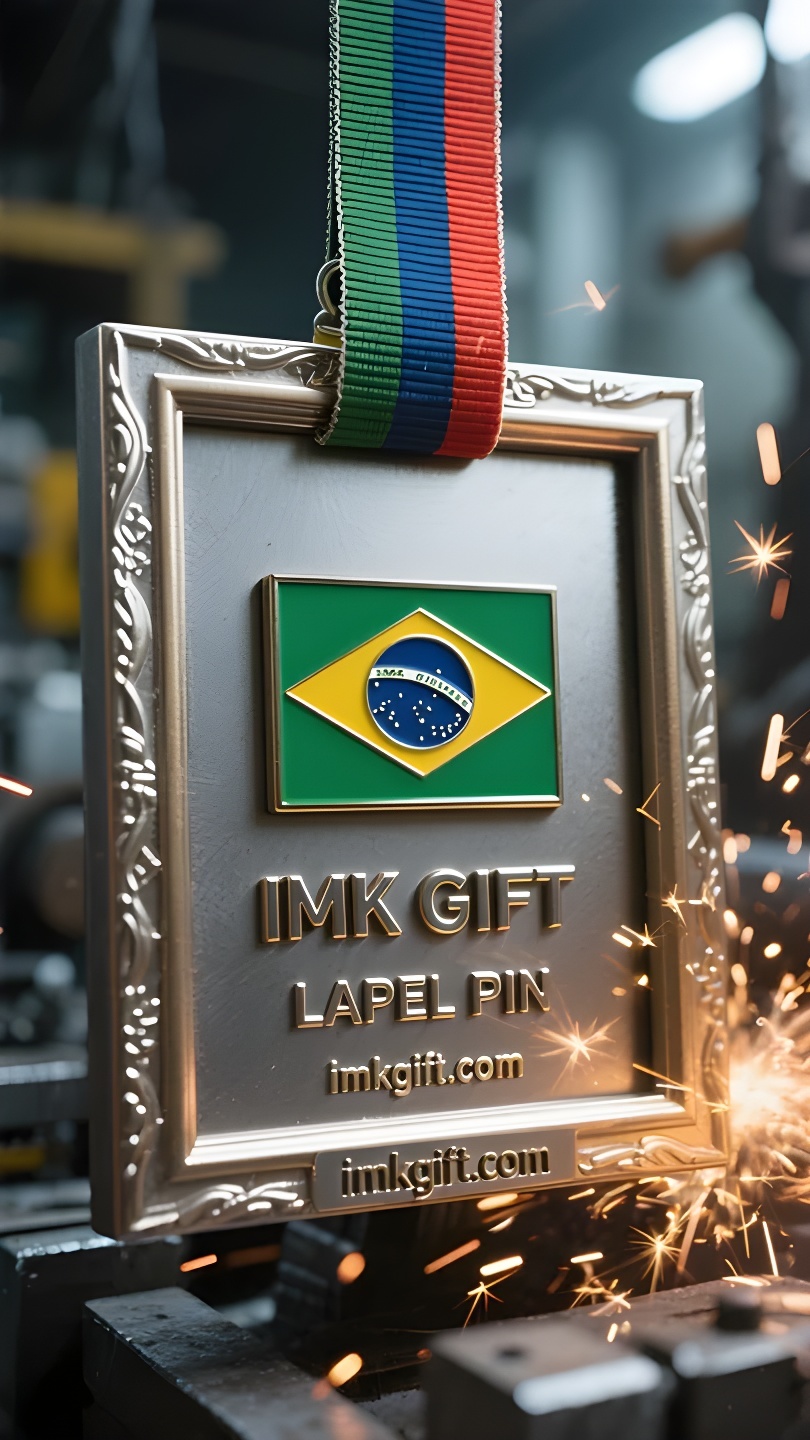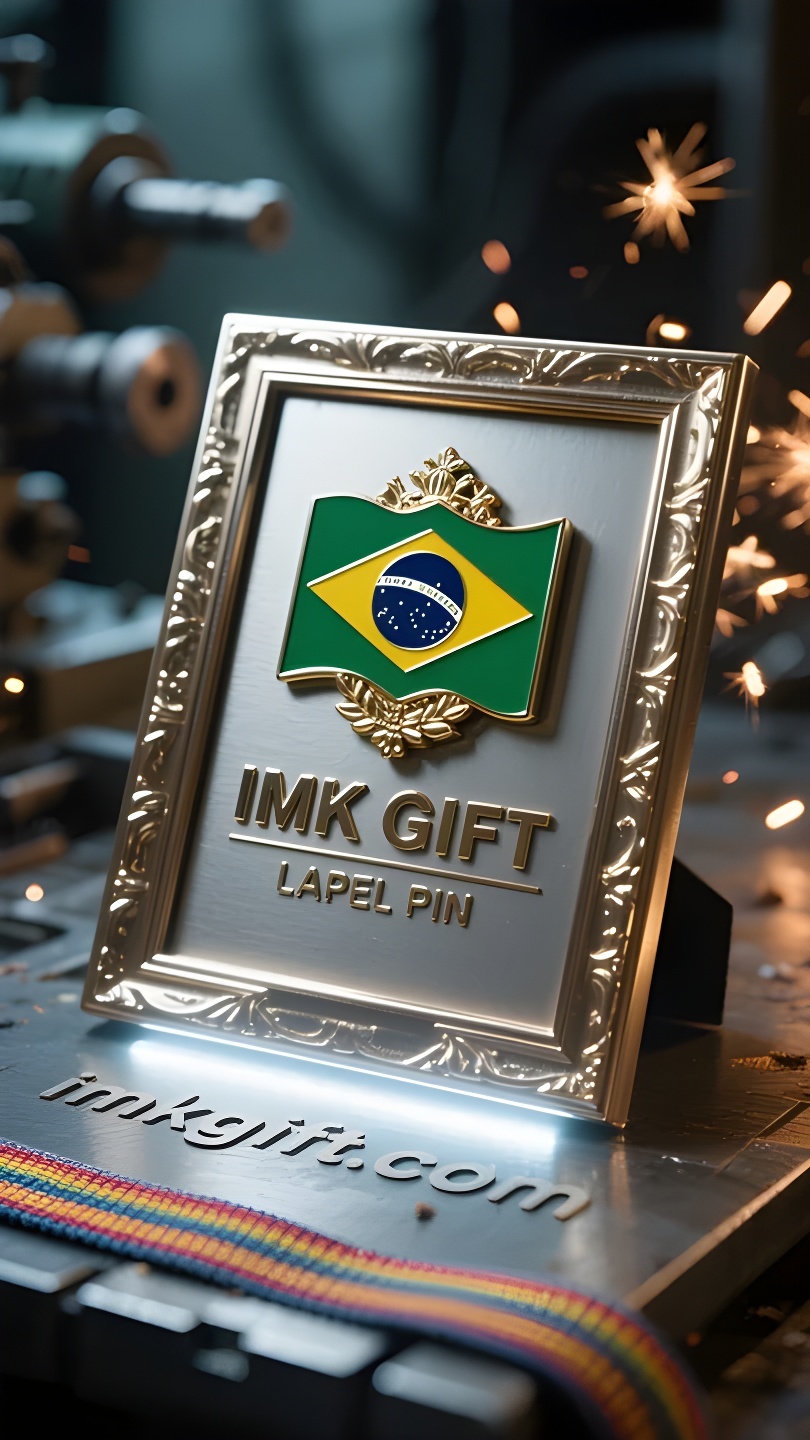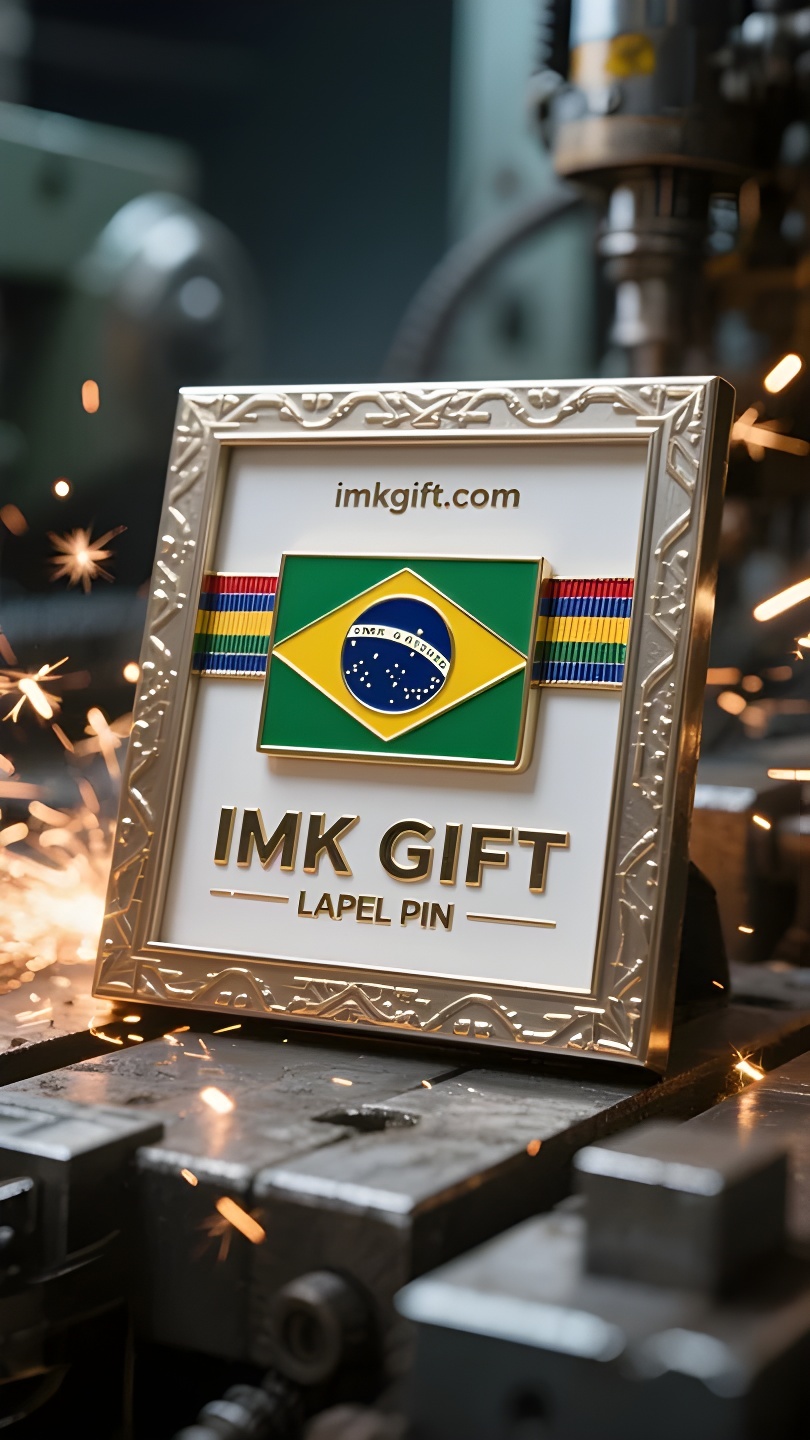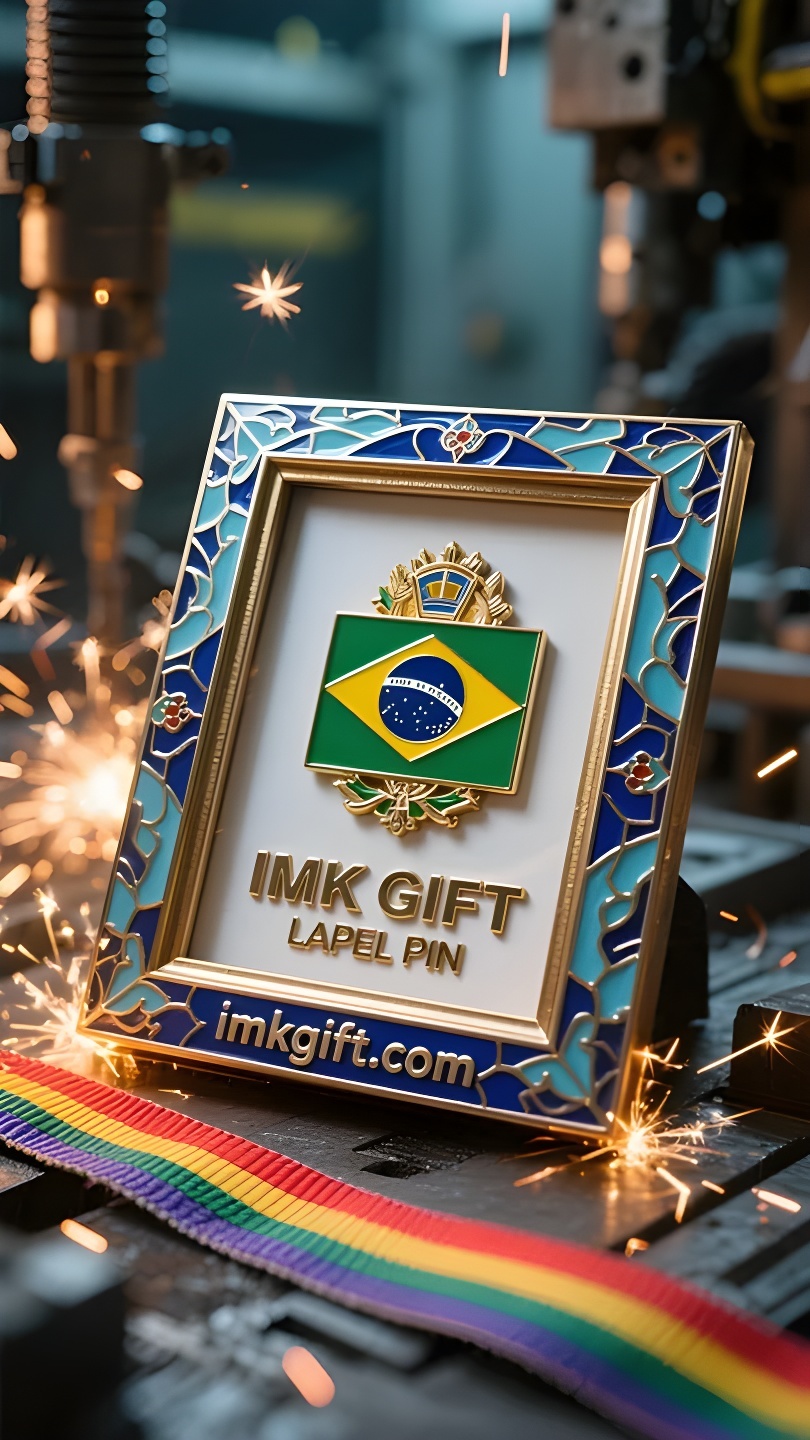in995-A-moldura-da-história-a-tela-do-futuro-o-código-de-unidade-no-emblema-nacional-brasileiro
▼
Em setembro, as faíscas do Dia da Independência do Brasil ainda estão acesas. A bandeira e o emblema nacionais sob o céu azul profundo da noite contam uma história sobre coesão. Se o Cruzeiro do Sul no globo celeste é a fé que os brasileiros admiram, então as folhas de café e de tabaco entrelaçadas ao redor do emblema nacional são uma moldura gravada com a fusão de civilizações. Este círculo de molduras verdes não é uma simples decoração – as folhas de café simbolizam as ricas plantações do sudeste, e as folhas de tabaco representam a sabedoria dos povos indígenas do norte. Os galhos e folhas de duas plantas completamente diferentes se cruzam para formar um anel inclusivo, assim como os 26 estados e o Distrito Federal do Brasil guardam conjuntamente o Cruzeiro do Sul central. Cada veia da moldura é uma marca histórica, pressionando o trauma colonial, a onda de imigração e a civilização indígena em espécimes, e finalmente fundindo-se em âmbar para proteger o espírito nacional. A natureza fechada da moldura tem um significado mais profundo: ela emoldura o passado, mas deixa espaço em branco para o futuro. Assim como a espada e o escudo no centro do emblema nacional, ele não apenas relembra o momento em que D. Pedro I brandiu sua espada pela independência, mas também lembra as gerações futuras de usar a unidade como escudo para proteger a liberdade. Hoje, os brasileiros usam o multiculturalismo como tinta para desenhar novos totens nessa moldura nacional – grafites nas favelas, tecelagem de vime na Amazônia e enfeites de penas no carnaval injetam novas anotações na fita da “ordem e progresso”. Quando a luz da manhã ilumina novamente o emblema nacional dourado do Capitólio, a moldura silenciosa da planta ainda diz: a verdadeira unidade nunca consiste em eliminar diferenças, mas em permitir que diferentes veias coexistam em um todo mais resiliente. Esta é a resposta do Brasil ao mundo e também a mentalidade que toda pessoa que busca o progresso deve ter.
In September, Brazil’s Independence Day sparks are still on. The national flag and national emblem under the deep blue night sky are telling a story about cohesion. If the Southern Cross on the celestial globe is the faith that Brazilians look up to, then the coffee leaves and tobacco leaves interlaced around the national emblem are a frame engraved with the fusion of civilizations. This circle of green frames is not a simple decoration – coffee leaves symbolize the rich plantations in the southeast, and tobacco leaves represent the wisdom of the indigenous people in the north. The branches and leaves of two completely different plants intersect to form an inclusive ring, just like the 26 states and the Federal District of Brazil jointly guarding the central Southern Cross. Every vein of the frame is a historical mark, pressing the colonial trauma, the wave of immigration and the indigenous civilization into specimens, and finally melting into amber to protect the national spirit. The closedness of the frame has a deeper meaning: it frames the past, but leaves blank space for the future. Just like the sword and shield in the center of the national emblem, it not only remembers the moment when Pedro I swung his sword for independence, but also reminds future generations to use unity as a shield to protect freedom. Today, Brazilians are using multiculturalism as paint to draw new totems in this national frame – graffiti in the slums, rattan weaving in the Amazon, and feather ornaments in the carnival are all injecting fresh annotations into the ribbon of “order and progress”. When the morning light illuminates the golden national emblem of the Capitol again, the silent plant frame is still telling: true unity is never about eliminating differences, but about allowing different veins to coexist into a more resilient whole. This is Brazil’s answer to the world, and it is also the mindset that every person pursuing progress should have.
九月的巴西,独立日星火未熄,深蓝夜幕下的国旗与国徽正诉说着一个关于凝聚力的故事。若说天球仪上的南十字星是巴西人仰望的信仰,那么国徽外围交错的咖啡叶与烟草叶,则是一帧镌刻文明交融的相框。
这圈绿色相框并非简单的装饰——咖啡叶象征东南部富饶的种植园,烟草叶代表北部原住民的智慧结晶。两种截然不同的植物枝叶交错,形成包容的环形,恰如巴西26个州与联邦区共同守护中央的南十字星。相框的每一道叶脉都是历史刻痕,将殖民创伤、移民浪潮与原住民文明压制成标本,最终熔铸成守护国家精神的琥珀。
相框的闭合性更暗含深意:它框定的是过去,却为未来留白。正如国徽中央的剑与盾,既铭记着佩德罗一世挥剑独立的瞬间,也提醒后人以团结为盾守护自由。今天的巴西人正用多元文化为颜料,在这幅民族相框中绘制新的图腾——贫民窟的涂鸦、亚马孙的藤编、狂欢节的羽饰,都在为”秩序与进步”的绶带注入鲜活注解。
当晨光再次照亮国会大厦的金色国徽,那圈沉默的植物相框依然在诉说:真正的团结,从不在消除差异,而在让不同脉络共生为更坚韧的整体。这是巴西给世界的答案,也是每个追求进步者应有的胸怀。
▼
Contact Us
📞 Tel: +0086-760-85286839
📧 Email: sales3@imkgift.com








